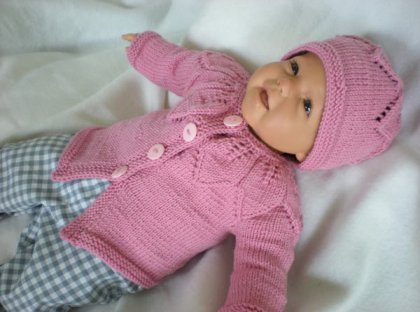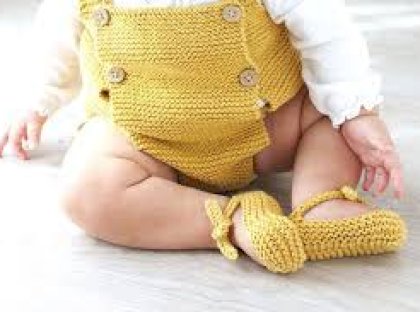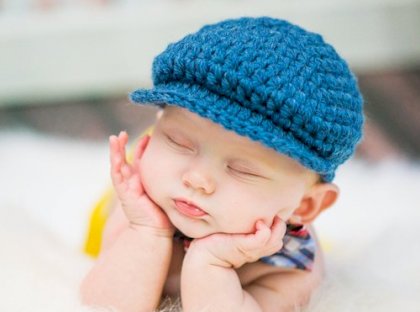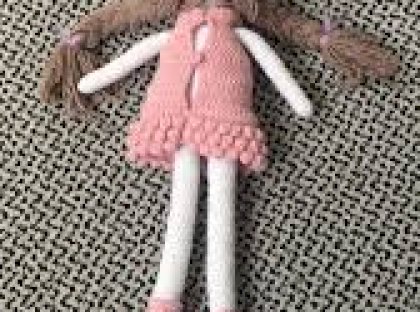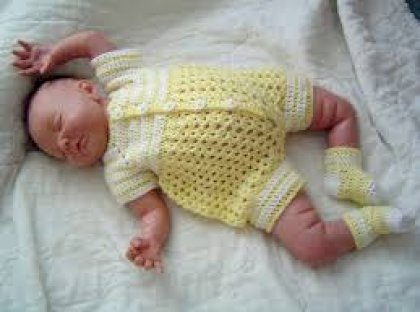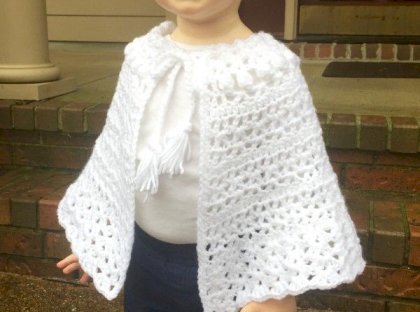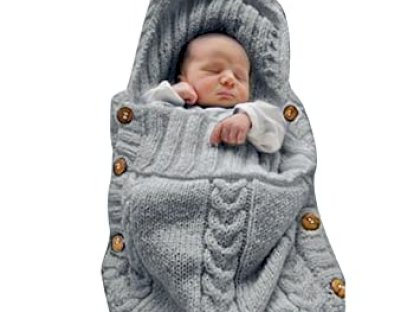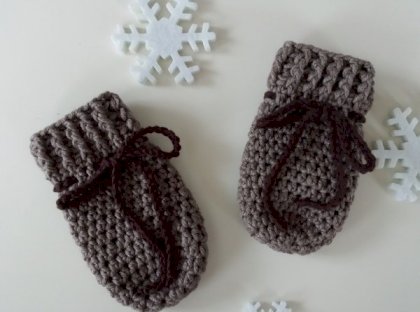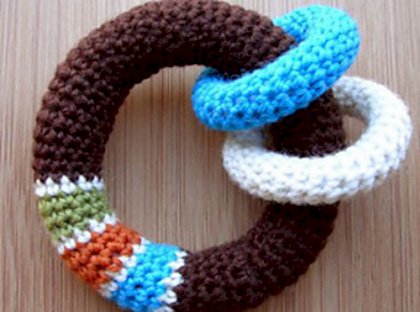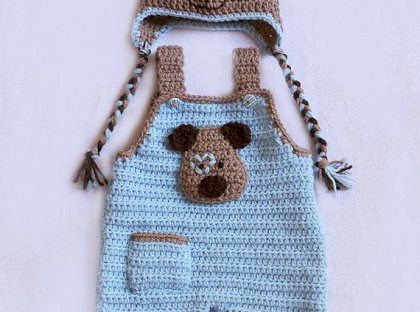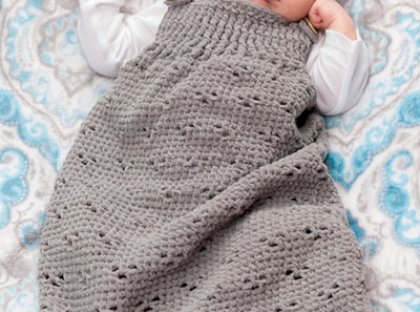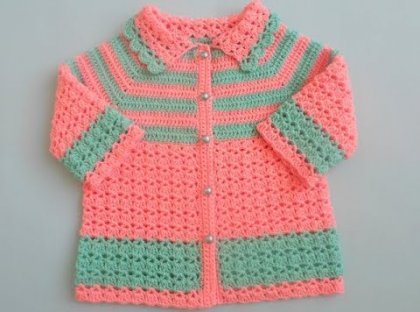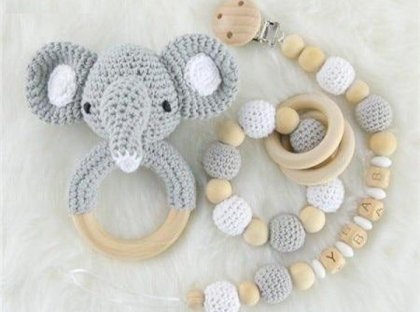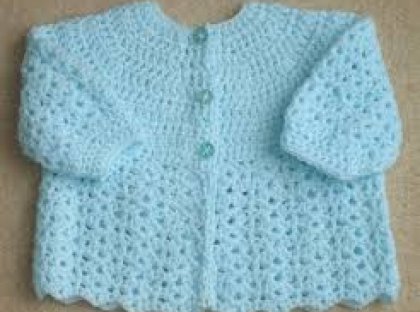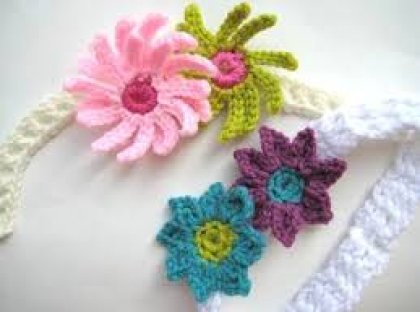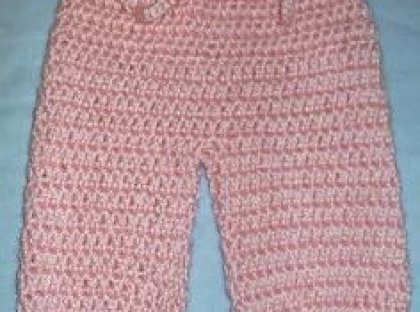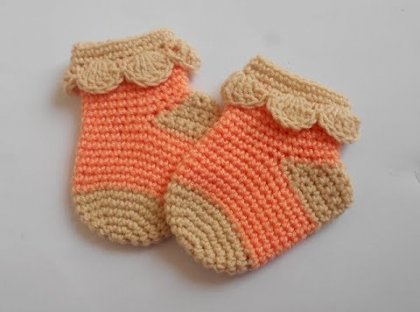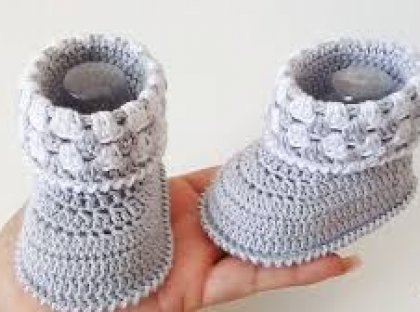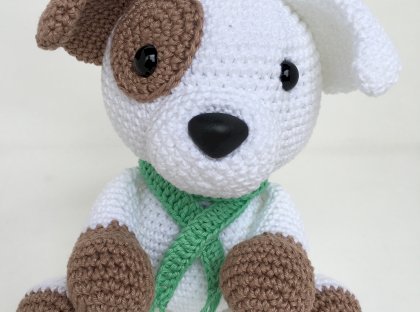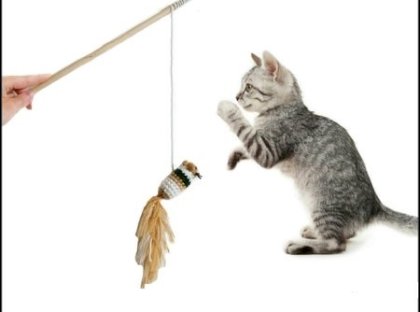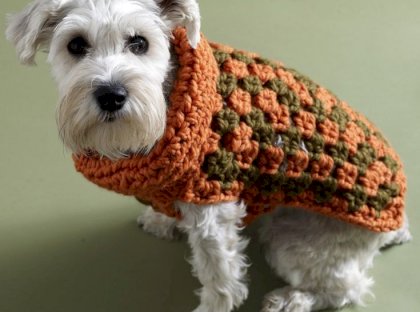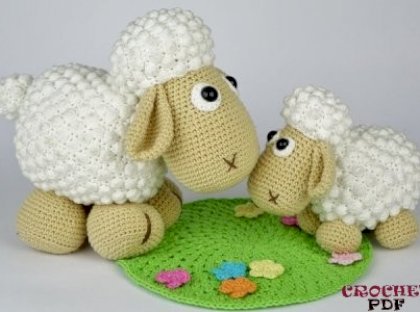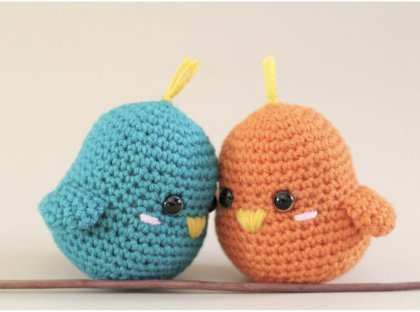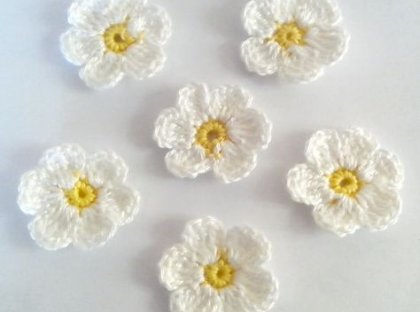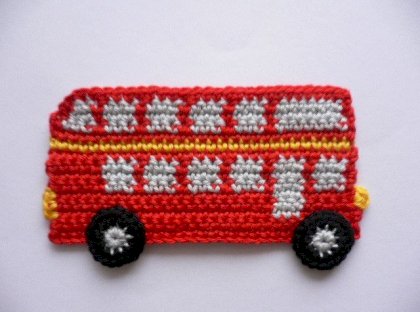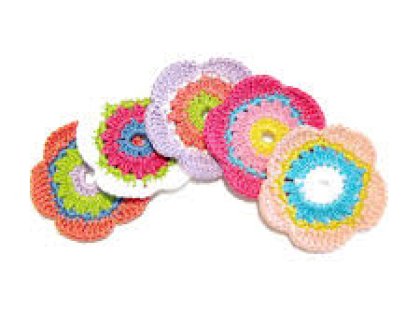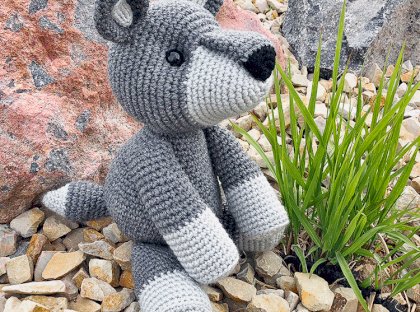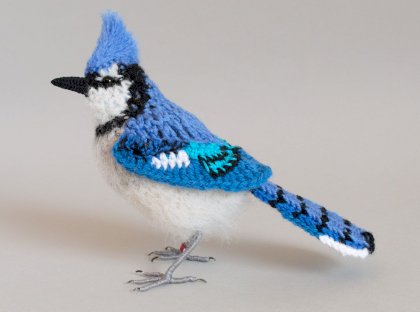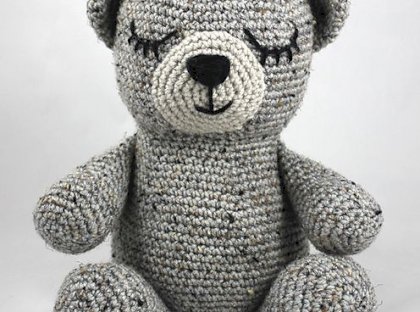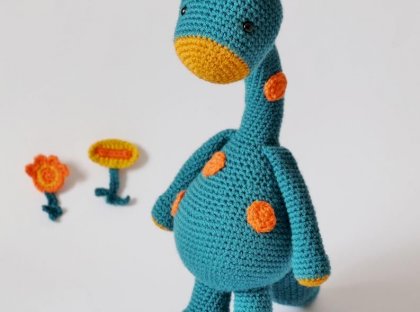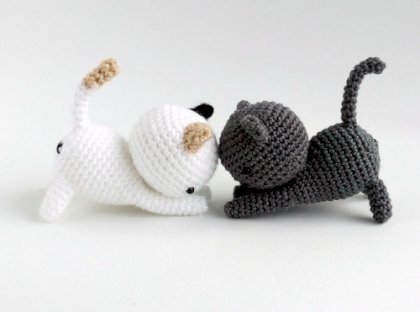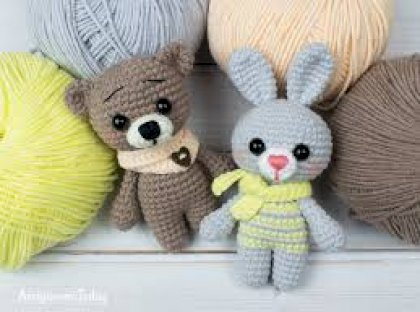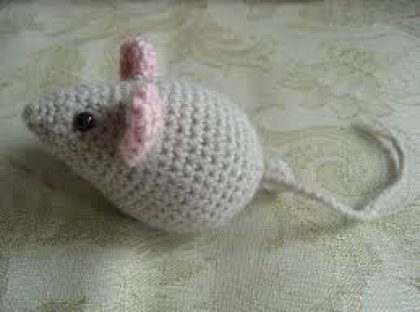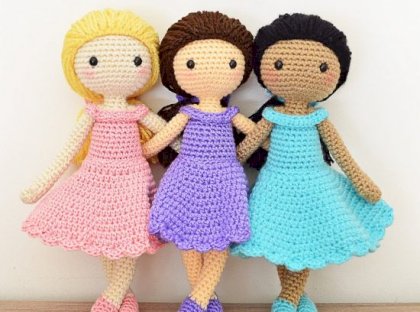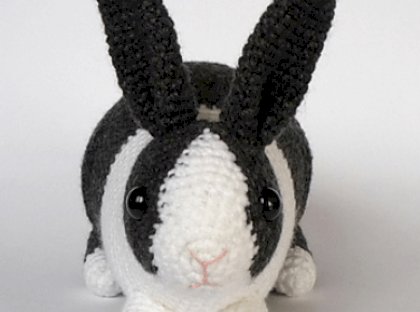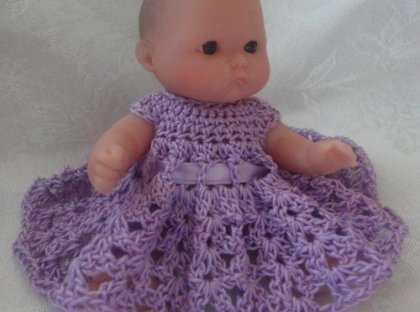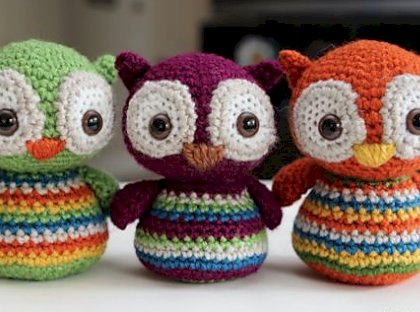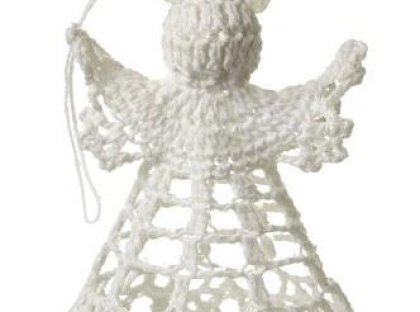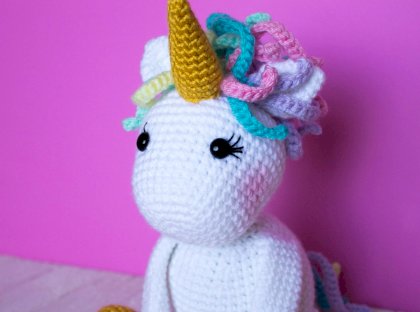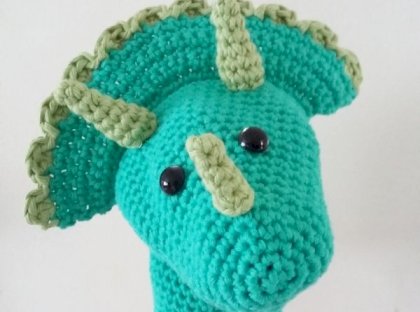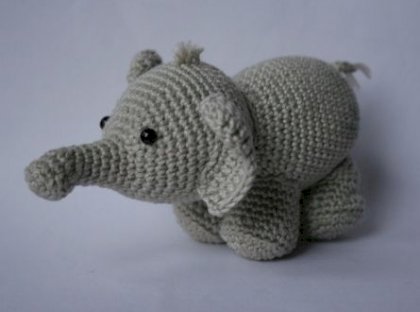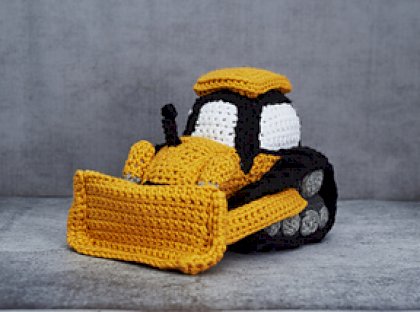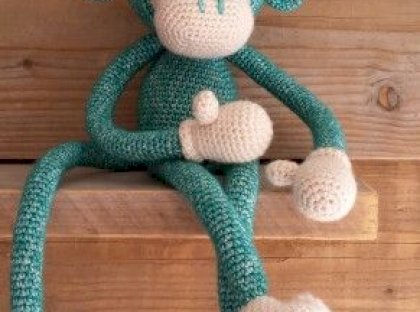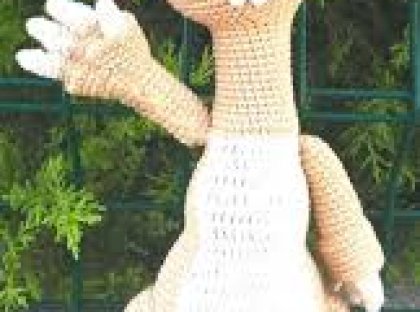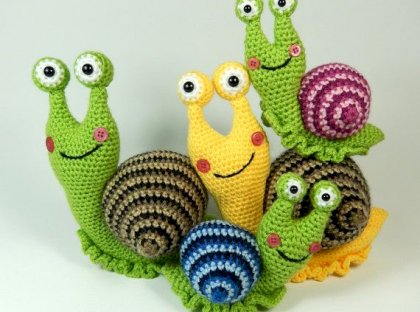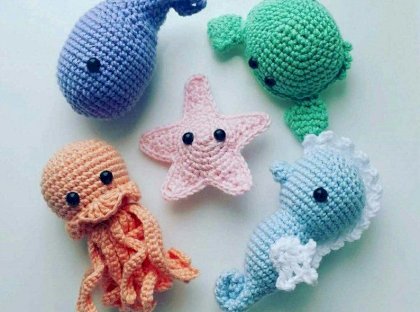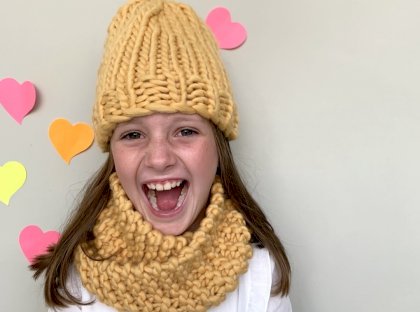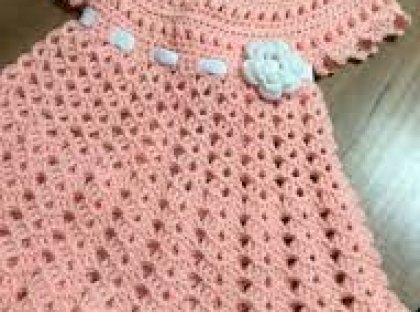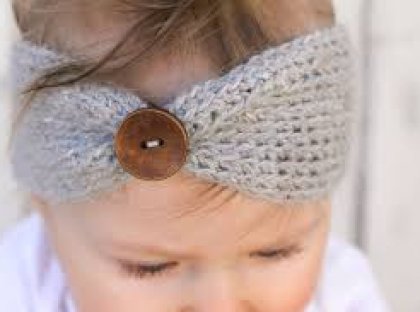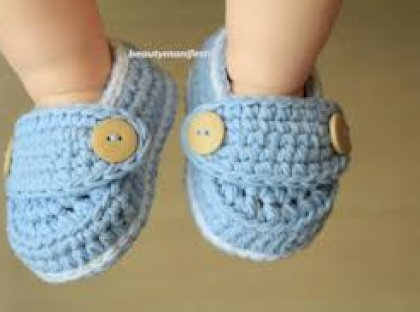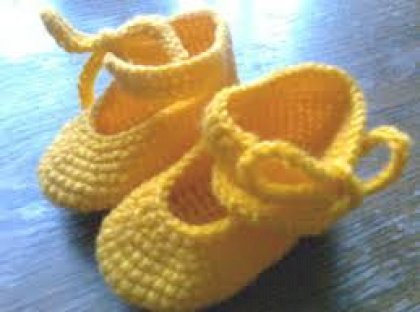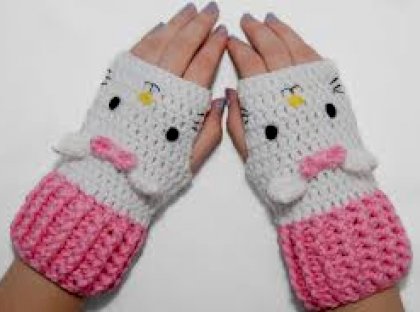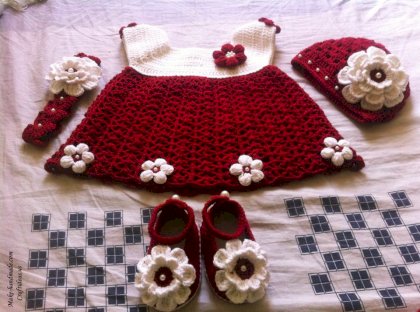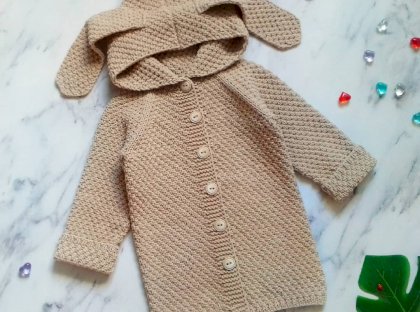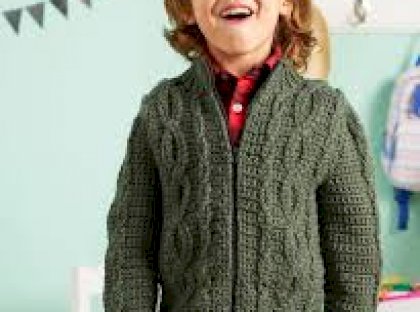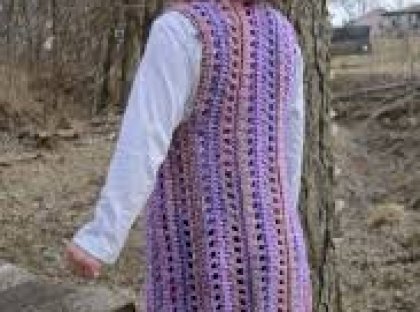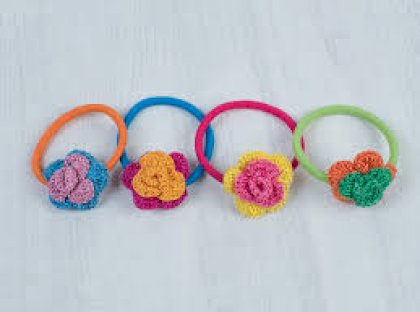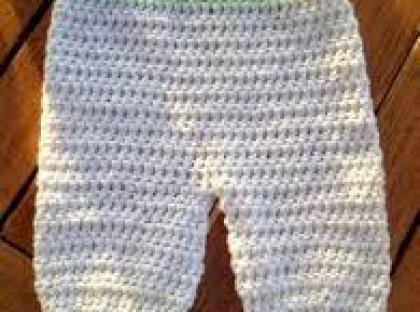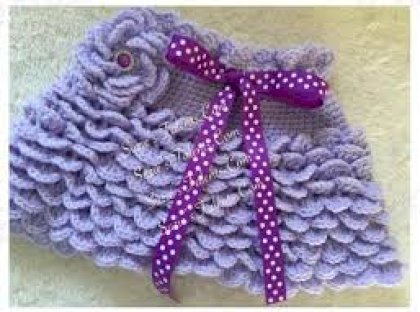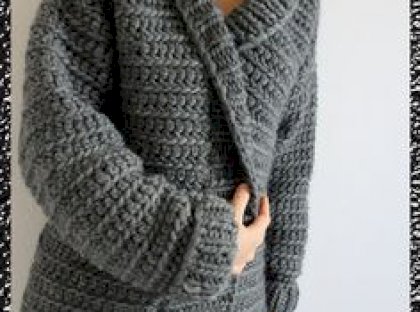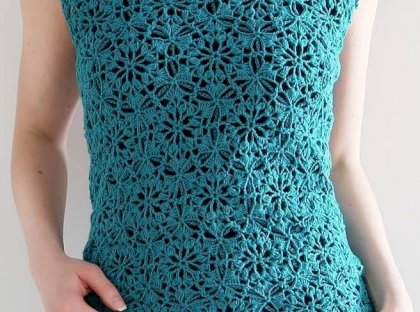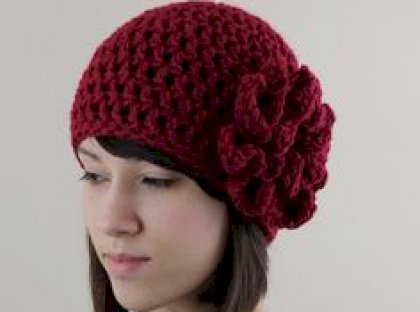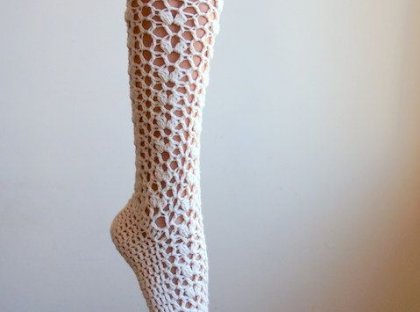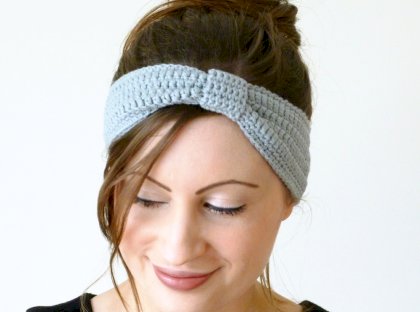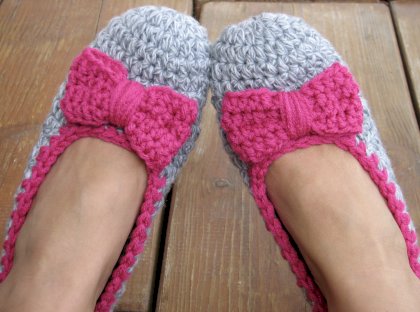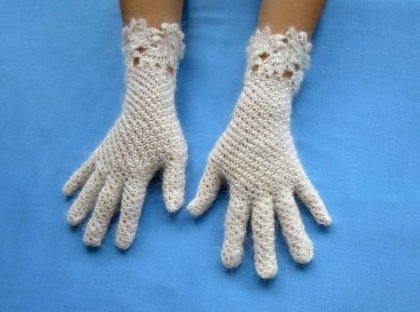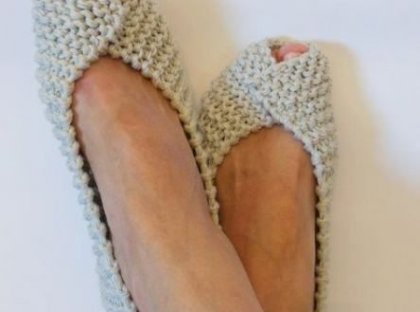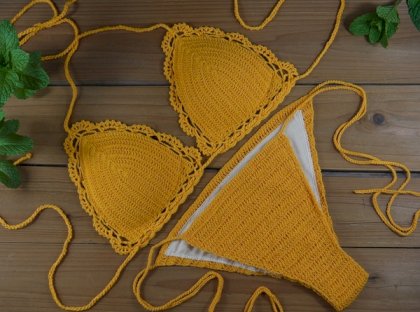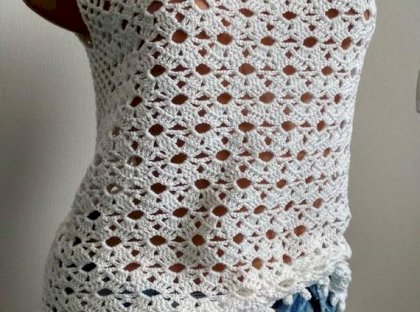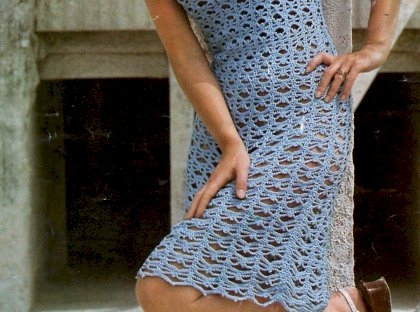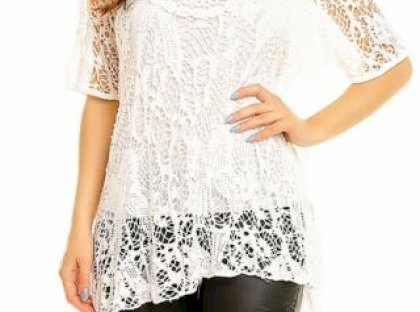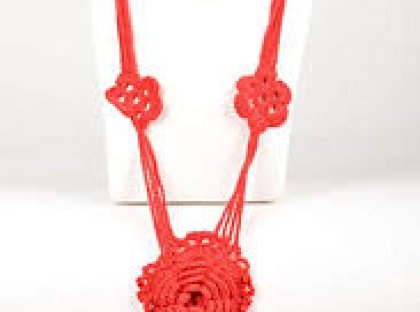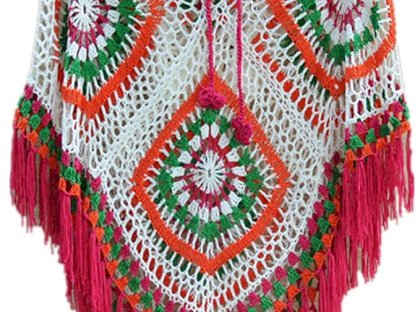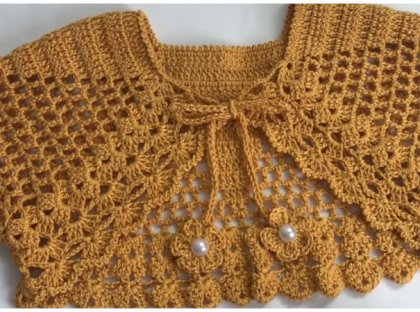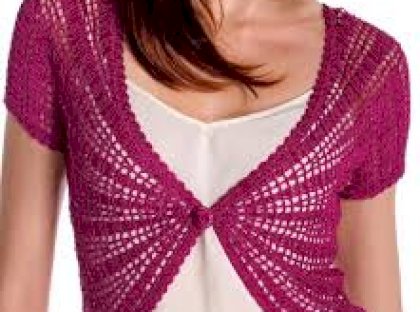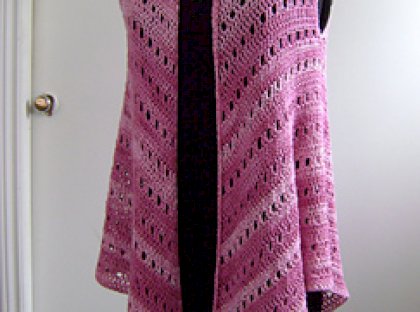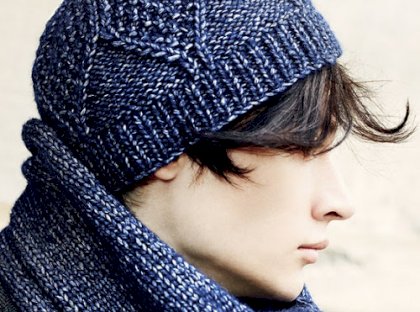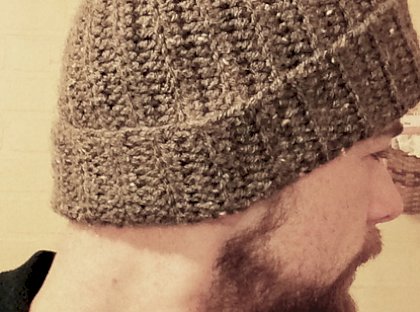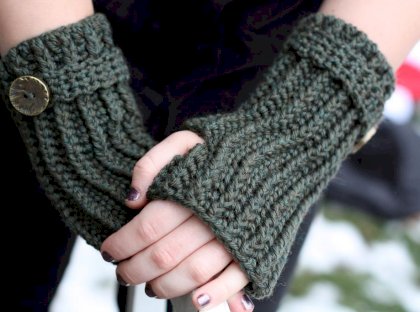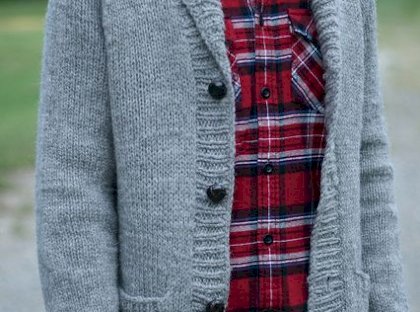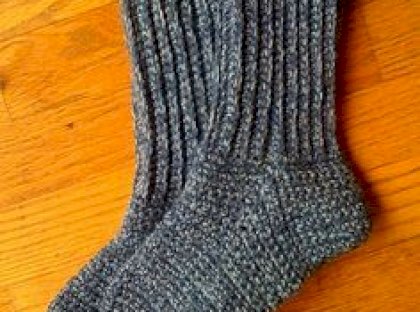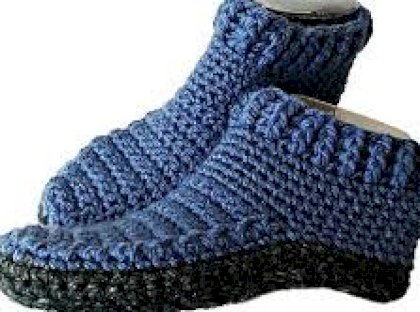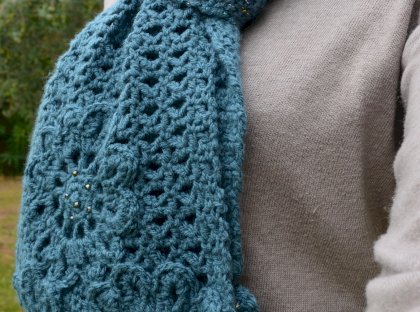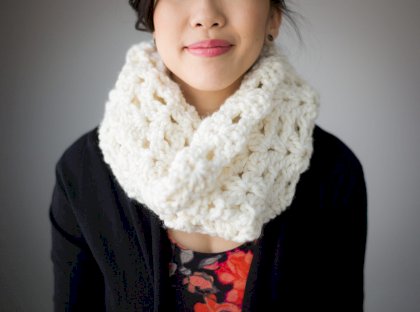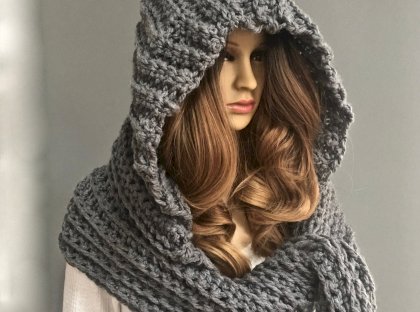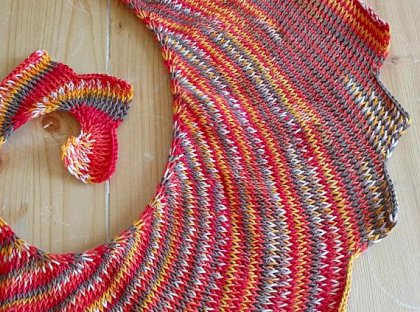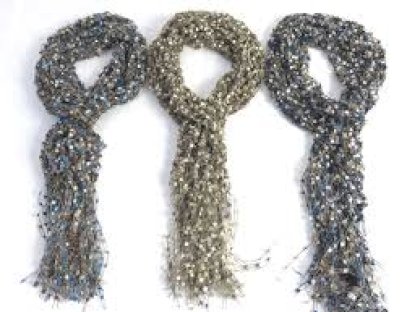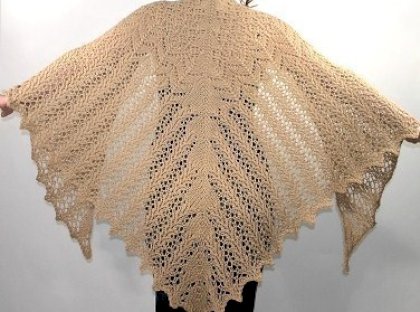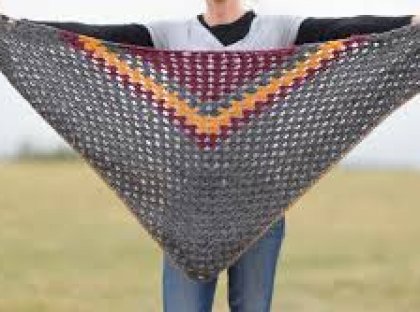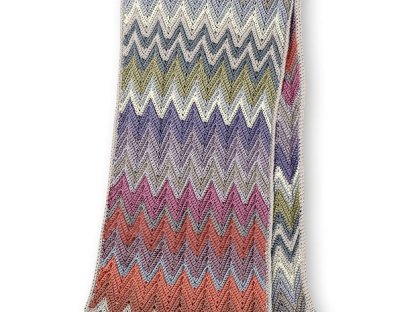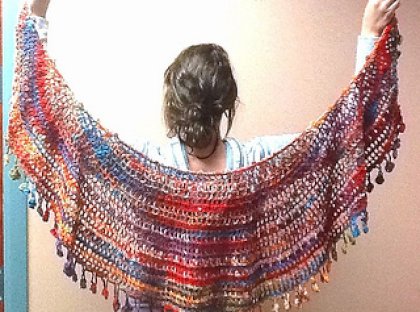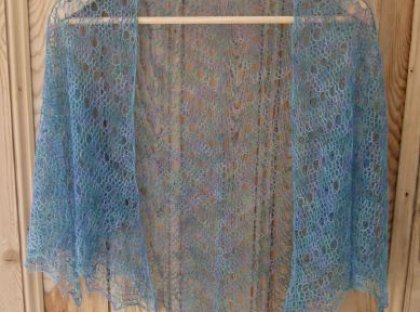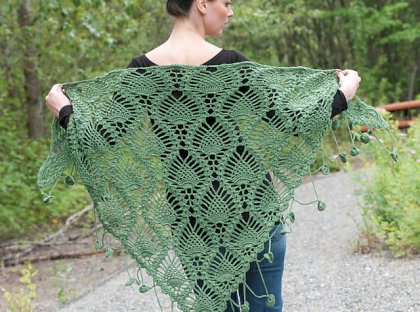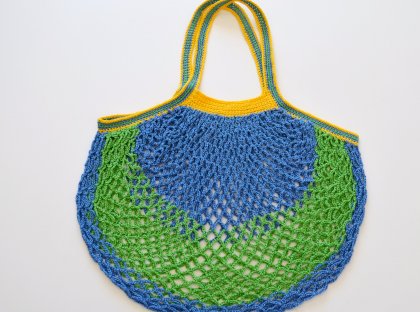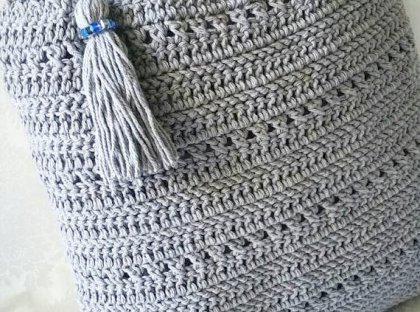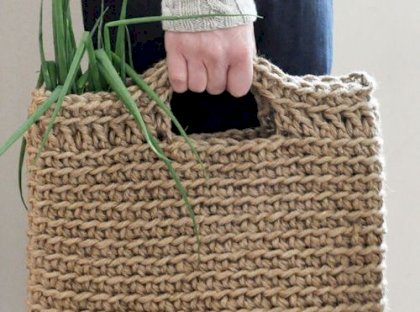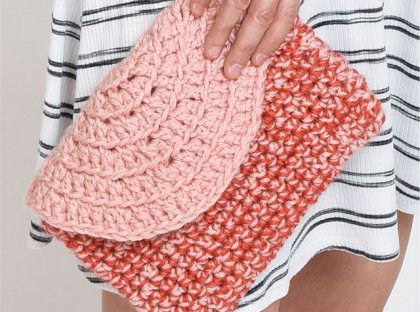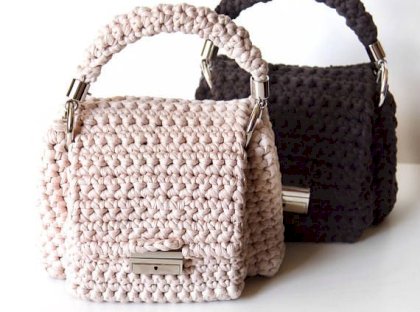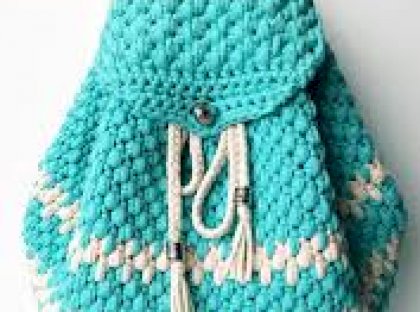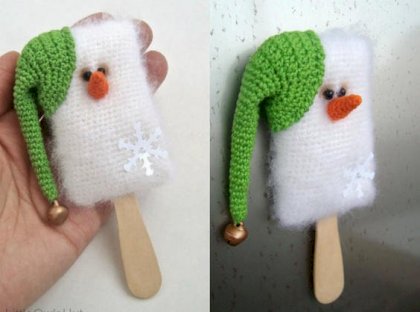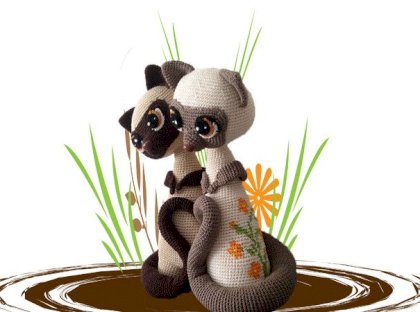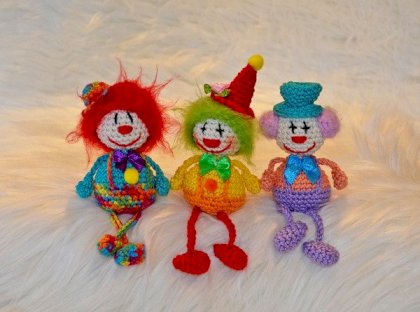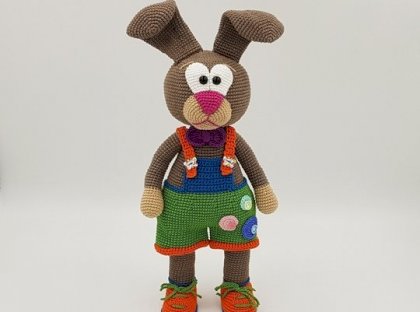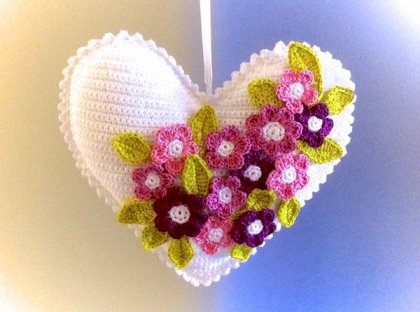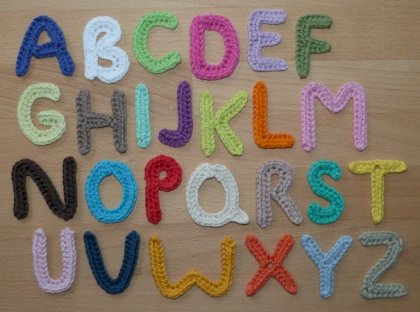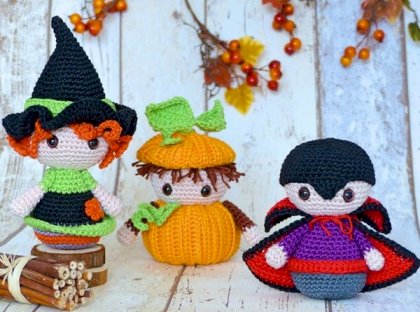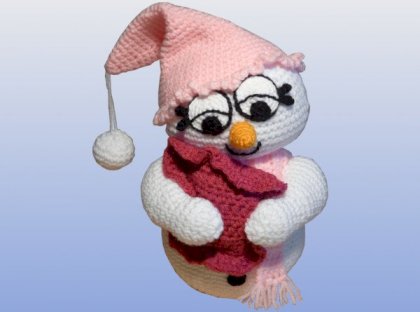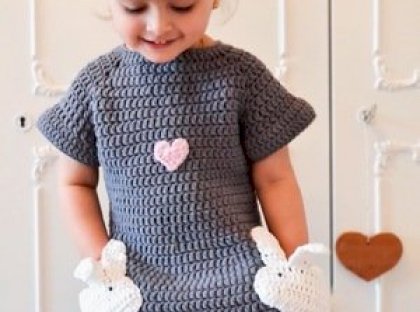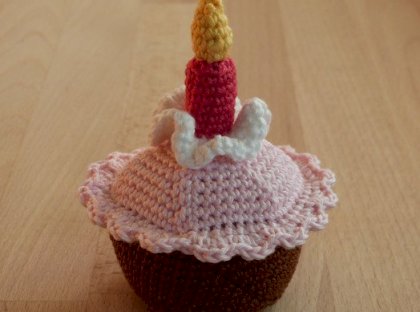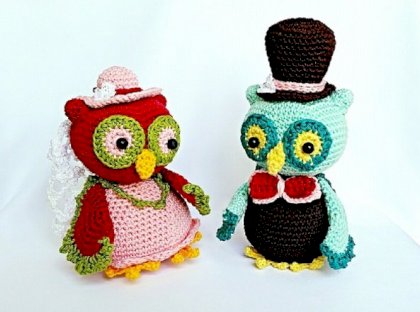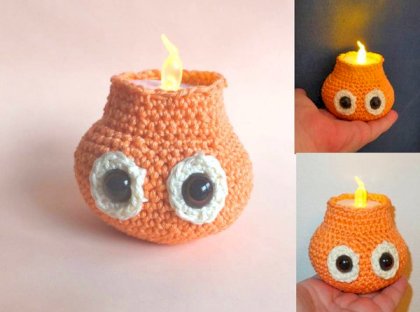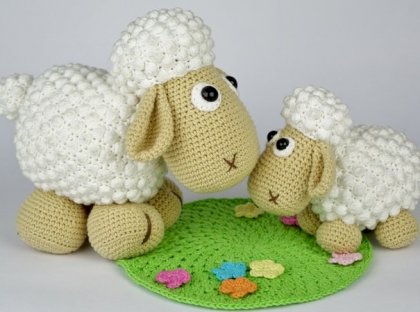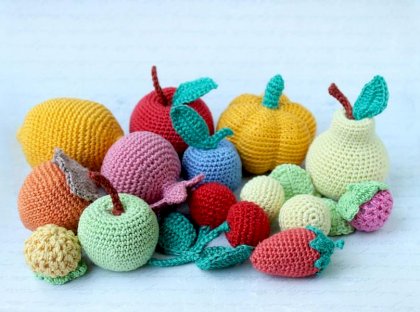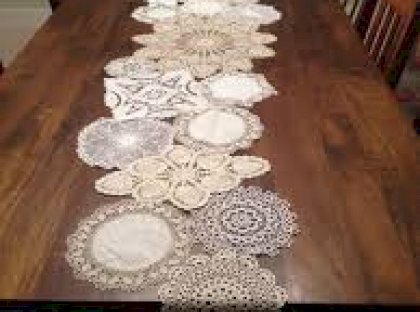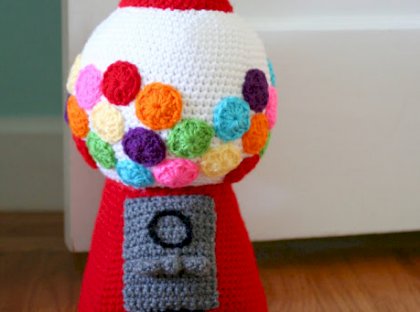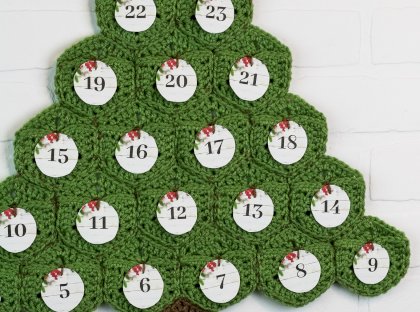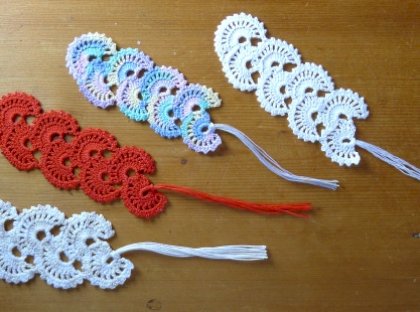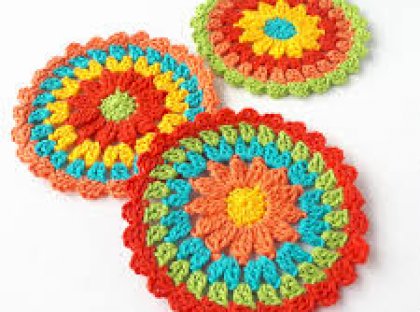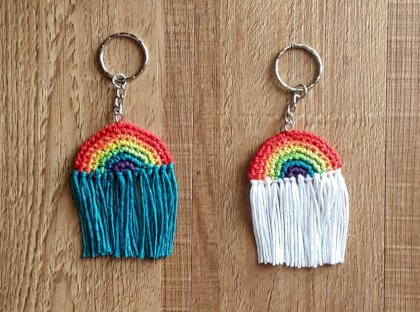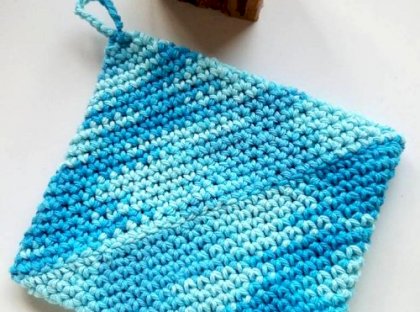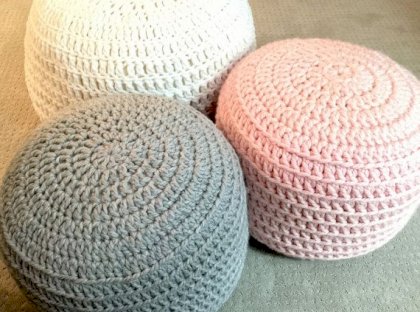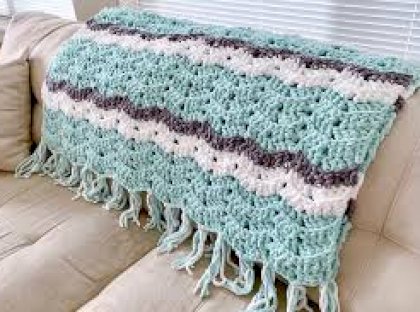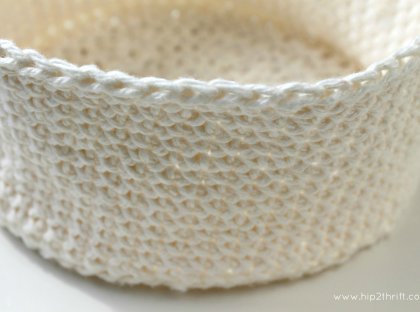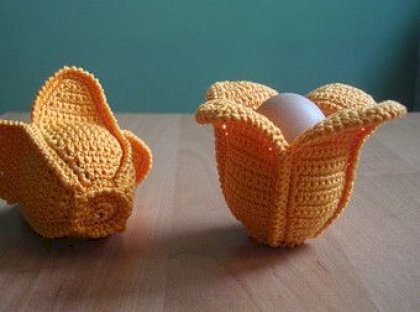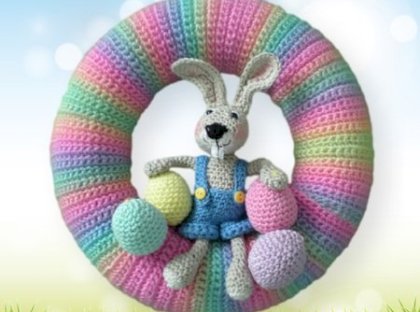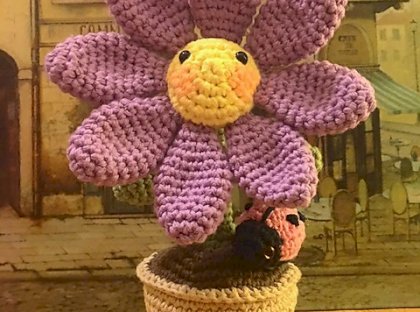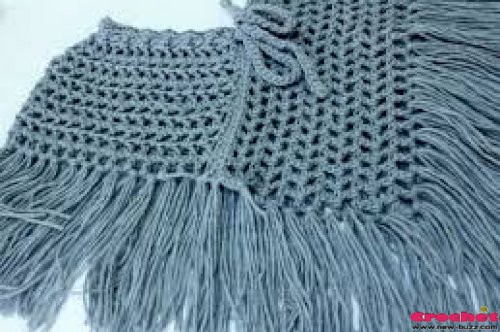How to Crochet for Beginners
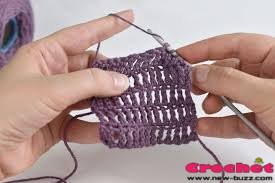
The fragile specialty of knitting is a long lasting ability that you'll use to make delightful presents for other people and things for your home and closet. Start by learning two or three fundamental fastens, and expand on that with further developed essential join. To begin with, make sense of what size and style snare feels generally good for you. At that point, start with straightforward yarns and novice examples, and you'll be an ace right away.
• 01of 12
Knit Snares
You don't require numerous provisions to begin with knit. The key thing is the knit snare, and there are a lot of various sizes and types. At the point when you're picking a fledgling sew snare, select one made out of aluminum in light of the fact that the yarn will make the yarn effectively float. The three essential knit supplies you'll require include:
o An aluminum stitch snare size I-9 or H-8, whichever feels best in your grasp
o A skein or chunk of fleece or acrylic
o Scissors
• 02of 12
Step by step instructions to Hold a Knit Snare
Start by holding your stitch snare like you would hold a pencil, with your thumb and forefinger pressing the snare at the little space in the center known as a finger hold. You can slide your third finger up towards the tip of the snare for solace and control. The snare will be turned somewhat towards you, however it shouldn't confront descending or upward.
• 03of 12
Step by step instructions to Make a Slip Bunch for Knit
Tying a slip hitch onto the sew snare is one of the absolute first things you have to know to begin with sewing. It's the manner in which you'll cast the yarn onto the snare so you can begin knitting. Rapidly bend and circle the yarn onto the snare, wrap the yarn under the snare and get it through the circle to fix. Try not to stress if it's ungainly from the outset; simply continue rehearsing and it'll get simpler.
• 04of 12
The most effective method to Sew a Chain Line
Starting crocheters normally start by learning the chain fasten first. The chain line is one of the most significant essential join you'll have to know since they structure the establishment of most stitch ventures. In an example, the contraction for the chain fasten is "ch," or once in a while "chs" for the plural structure. You'll generally observe "ch" trailed by a number. For instance, ch 135 implies that you should knit 135 chain fastens.
• 05of 12
Step by step instructions to Single Sew
After you've taken in the chain join, you'll gain proficiency with the fundamental single knit fasten. The contraction in an example for the single knit fasten is "sc," normally alongside the quantity of lines you'll have to make.
• 06of 12
Free Single Knit Fasten Examples
Since you realize how to do a slip bunch and essential join, you're prepared to handle a fledgling undertaking. You can begin a scarf or even a child cover intended for new crocheters. Some tenderfoot examples might be composed without contractions for disentanglement. At the point when you start your first undertaking, go slowly, and show restraint toward yourself. It's alright in the event that you need to begin once again from the earliest starting point of the example if necessary.
• 07of 12
Get familiar with the Twofold Knit Line
You can take your knit aptitude to the following level by learning the twofold sew line. You'll have the option to make granny squares for afghans when you become familiar with this fasten. Work on making little patterns until your twofold sew lines are even. The condensing in designs for the twofold sew fasten is "dc," in addition to the predetermined number of twofold sew lines.
• 08of 12
Free Great Granny Square Example
Bunches of twofold knit lines make a granny square. The granny square is the establishment of a knitted thing, from covers to pad spreads and you can even sew them together to make a warm and comfortable doggie sweater. Make them one shading or diverse, yet whatever shading plan you choose, simply realize you're improving as a crocheter with each square you make.
• 09of 12
Figure out How to Make a Slip Join
Slip fastens fill numerous needs in knitting. They consolidate pieces, make straightforward completed edges, and can be utilized as an embellishing component on the outside of a sewed piece. Also, you can utilize the line in columns to make a thick material. Sewing a texture made of the slip join is called Bosnian Knit (or once in a while an assortment of different names).
• 10of 12
Learn Progressively Fundamental Knit Join
Add to your sew aptitudes by learning increasingly fundamental lines, including the half twofold line which brings about a herringbone, the treble (or the triple sew join) that makes a taller line, and the Tunisian sew fasten that can make a look that takes after a weave texture.
• 11of 12
Single Sew Edging Instructional exercise
Completing methods are a significant piece of stitching. Notwithstanding the slip fasten that includes a straightforward edging, you'll need to realize how to make wide or tight edgings. The simplest edging to produced using the single knit join. It's a fabulous arrangement, in any event, for adjusted edges.
• 12of 12
Figuring out How to Stitch Left-Gave
You can be left-given and stitch, as well. Customary examples were composed for right-gave crocheters, however numerous contemporary examples incorporate guidelines for left-gave craftsmans. You'll discover a lot of tips and deceives to help you en route, and in particular, you'll additionally discover various individual lefty crocheters to bond with and gain from.

